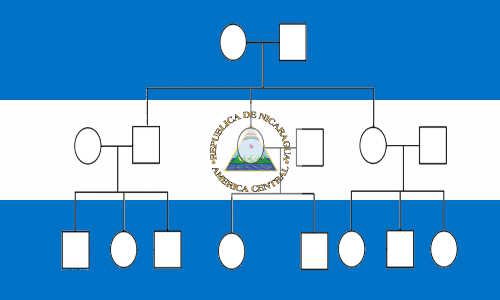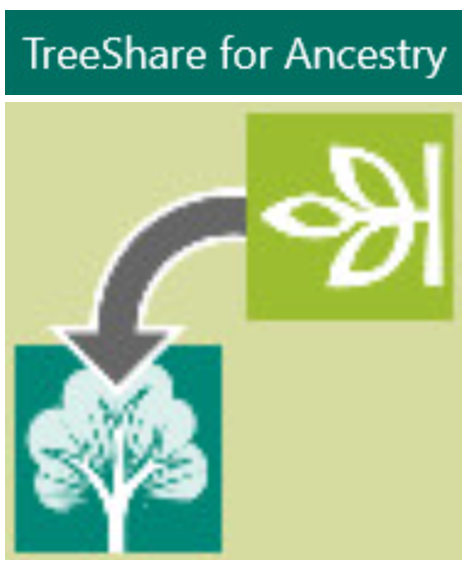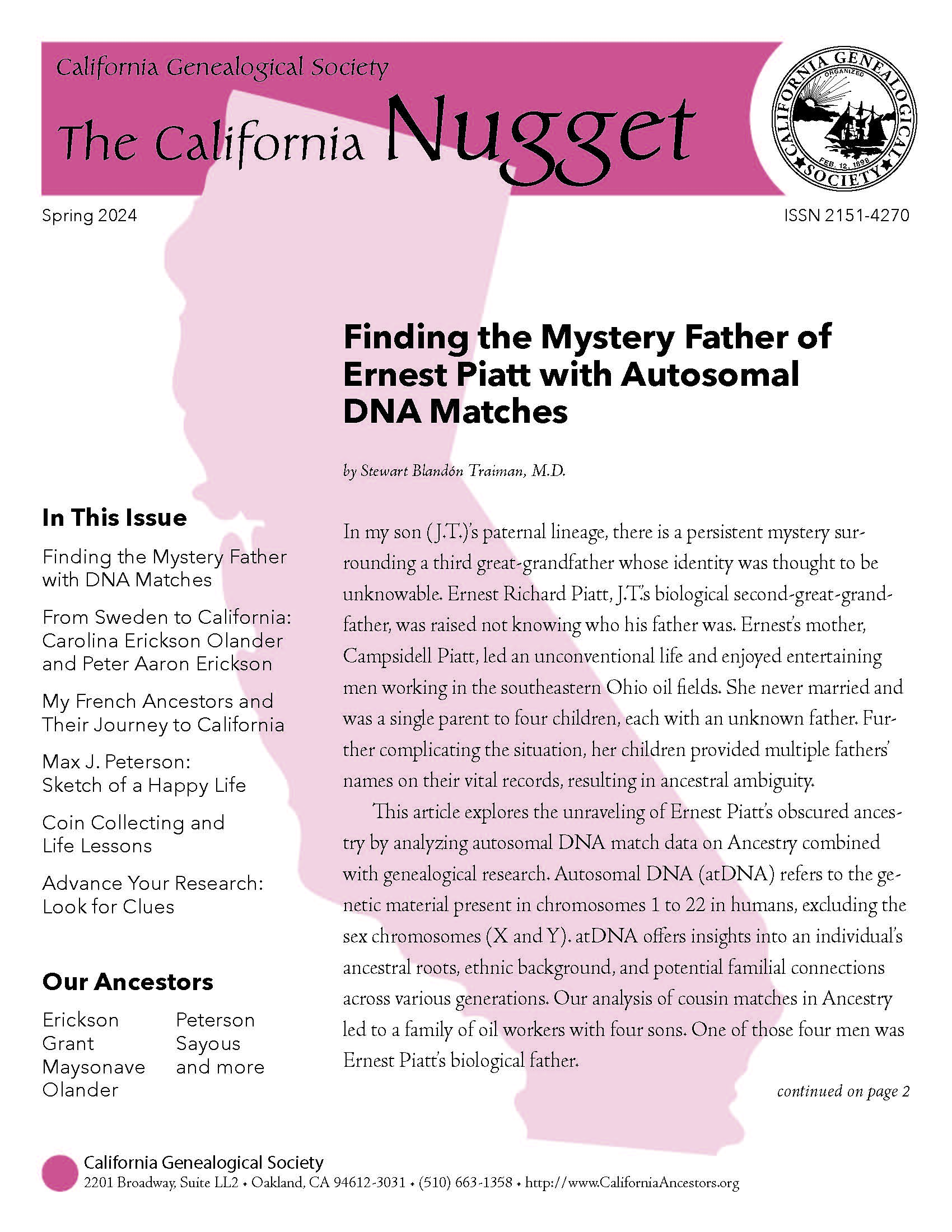Nicaragua Genealogy
A brief time ago, FamilySearch posted new databases for church records in Nicaragua – Archivo Diocesano de Granada (Nicaragua). This group contains baptismal, matrimonial, and death records for churches in Boaco, Diriomo, Granada, Nandiame, Ometepe, and Rivas. I was especially happy to see three databases that relate to my maternal line in the city of Granada, Nicaragua. I was even happier when I found the baptismal record for my great-grandmother – Antonia Martínez.
- Parroquia Nuestra Señora de la Concepción, registros parroquiales, 1845-1936
- Parroquia Nuestra Señora de la Merced, registros parroquiales, 1870-1945
- Catédral de Granada, registros parroquiales, 1846-1937
For several years FamilySearch’s central database for Nicaragua has been Nicaragua Civil Registration 1809-2013 with over 2.5 million images. This database is broken into ten different regions around the country, but the main body of records relate to the capital city of Managua. FamilySearch has been expanding access to Nicaragua records online in recent years. In addition to the church records mentioned above, there is a new database for Civil Registration in Granada, Nicaragua.
I was especially ecstatic to see this database since the Civil Registers Office of Granada and all of its records had burned in a civil unrest riot in 2018.[1] I thought this history, dating back to colonial Nicaragua, had been forever lost. Apparently, FamilySearch had digitized these records prior to the catastrophe and they are now online!
How to use these records
Performing a database search might not yield the record you are looking for, but the record may still exist in one of several hundred rolls of film. Since these films have not been 100% indexed, a manual, image-by-image search is often necessary. The first step would be to locate the right film. For example, you are hoping to find a birth record for 1943. Find the film that holds those types of records (Nacimientos) for that time period by looking at the film list in FamilySearch.
It is important to know that the film images are arranged by the registration date. If the child was born in January of 1943, you might expect the birth to be registered in that same month. This is not the case for these records. I have found births registered several months after the event; a January birth registered in April.
To search, I first locate a record with a registration date that corresponds to the birthdate. Then I move forward in the film, one image at a time until I find the correct record. I have looked at 100 to 200 images from my starting point and have often been successful. It is just at the point of giving up hope that the next image just might yield the treasure, and so I keep going.
Images that have been indexed can be evaluated quickly by looking that the browser’s footer. For unindexed images, you will need to read the record. Some records have names in the margins, for easier scanning, some are in paragraph form that needs to be read, and some records are in preformatted forms. Many different skills of observation are needed to search these films successfully.
To complicate searching further, some films are not complete, or volumes may be missing. A birth record film might start in March or end in November. The film for 2009 Deaths in the Granada (Defunciones, Tomo 104, 2009) only contains 38 images covering November to December. Where are the other months for that year? Matrimonial volumes (Tomos) 2 through 34 are not found in the film list for Granada. Marriage records in Tomo 1 cover 1879-1890, then the next film is for Tomo 35 in 1978. What happened to the marriage records between 1890 and 1978? Have these truly been lost in the fire?
Despite the gaps in online records, I am extremely grateful to FamilySearch for preserving and making these records available.
Get Involved
Searching Nicaragua records online at FamilySearch will get a lot easier once 100% of the images have been indexed. You can get involved to make that happen, and the ability to read Spanish is not an absolute requirement.
Currently, FamilySearch is processing records through Artificial Intelligence handwriting recognition. Then the records will go through a curation process where humans confirm what the AI read. Through FamilySearch’s Get Involved program, you can review records quickly. This is a lot easier to do than past indexing projects. You will be presented with the record image, the indexed name, and all you have to do is say Yay or Nay if the AI read the record correctly. If it is not correct, you can edit the name. I’ve matched 250 names so far in less than two hours and hope to get to 10,000 names over time.
You can also select which area of the world you want to work in. Your contribution will help improve AI readings for future records.
Nicaragua vital records groups online at FamilySearch
[1] Lesbia Umaña, “Archivistas conmemoran el Día Internacional de Archivo,” article, El 19 Digital (Nicaragua), 14 June 2018; El 19 Digital (https://www.el19digital.com/articulos/ver/titulo:77995-archivistas-conmemoran-el-dia-internacional-de-archivo : accessed 30 July 2021).



